The Amazon Rainforest, located in South America, is the largest tropical forest in the world. Spanning across nine countries, it covers an astonishing 2.1 million square miles. This vast, lush ecosystem is home to countless species, many still undiscovered. Its dense canopy and diverse wildlife have fascinated explorers for centuries. Despite its beauty, the Amazon remains one of the most mysterious and unexplored places on Earth.
Indigenous Knowledge Guided Early Explorations
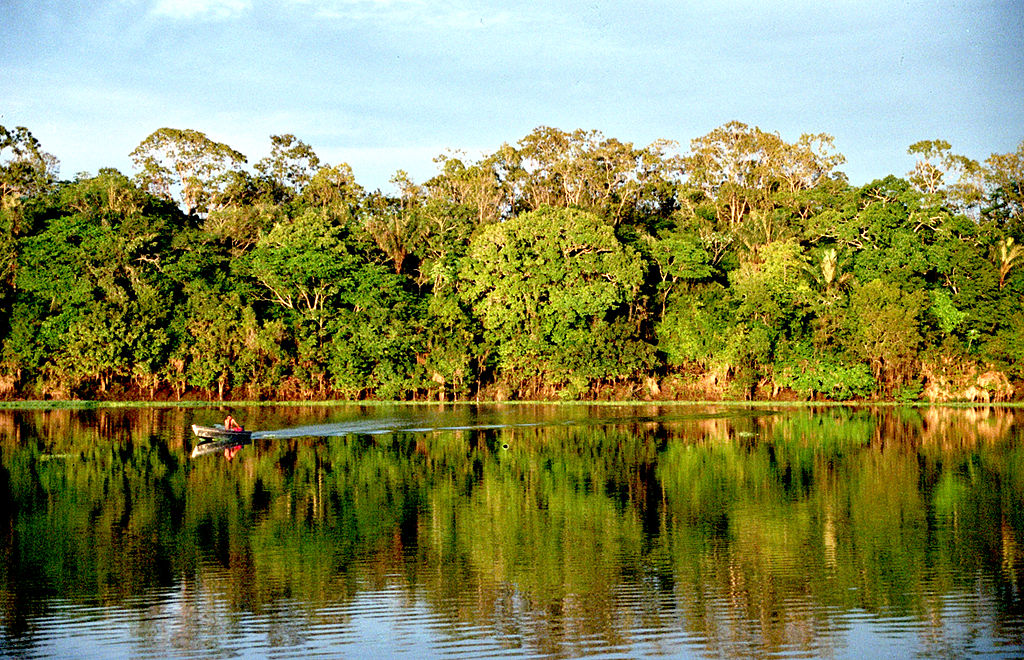
Many early explorers relied on the wisdom and guidance of local indigenous tribes to navigate the dense Amazon. Without their help, most expeditions would have failed due to the forest’s vastness and harsh conditions. These tribes had deep-rooted knowledge of the land, flora, and fauna, helping outsiders understand the complexities of the rainforest. Their expertise in survival, from sourcing food to identifying medicinal plants, was crucial. Yet, this valuable contribution is often underrepresented in historical accounts.
The Amazon Was Once Considered an Impenetrable Mystery
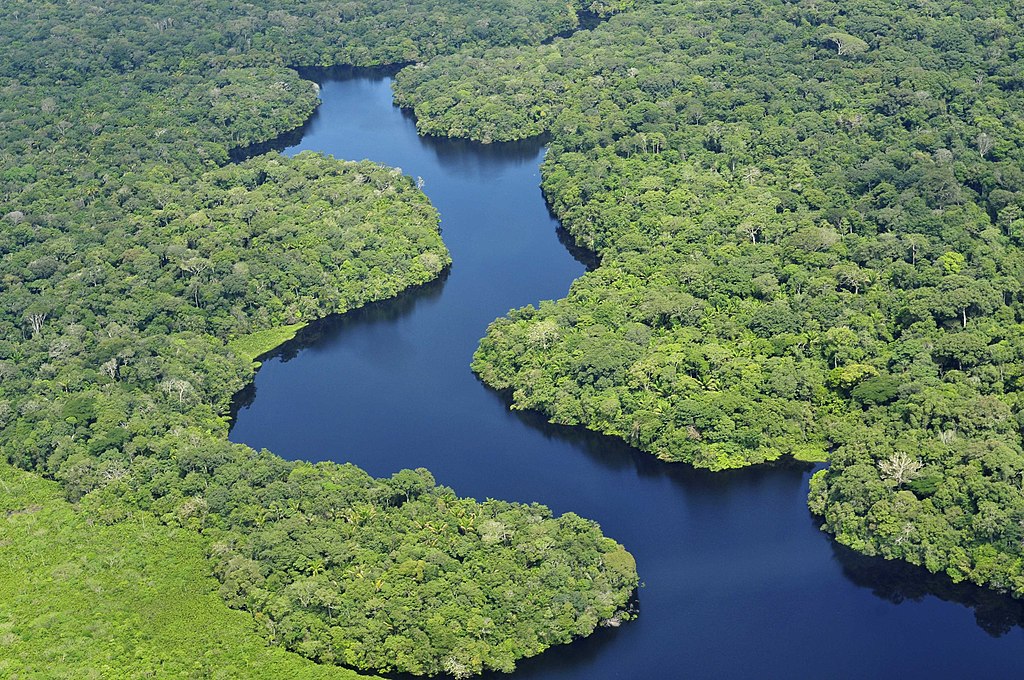
In the early days of exploration, the Amazon was thought to be an impenetrable jungle, hiding untold dangers. Stories of giant creatures and poisonous plants kept many explorers away, fearing the unknown. Despite this, intrepid adventurers pushed forward, slowly mapping the region’s vast rivers and terrain. As they ventured deeper, they discovered the ecosystem’s richness, far more intricate than they ever imagined. This perception shift opened the door to further scientific exploration and study.
Henry Walter Bates’ Revolutionary Discoveries
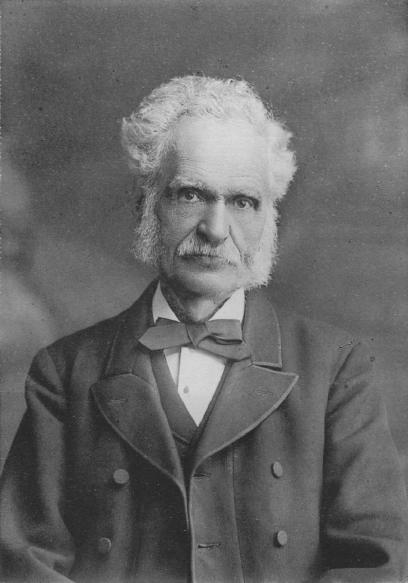
Naturalist Henry Walter Bates spent over a decade exploring the Amazon in the mid-19th century. His observations on mimicry in butterflies led to important theories about evolution and survival. Bates’ extensive documentation of the rainforest’s biodiversity helped the world appreciate its ecological importance. He collected thousands of specimens, many of which were new to science. His work laid the foundation for understanding the complexity of Amazonian wildlife.
Lost Cities Hidden Beneath the Canopy
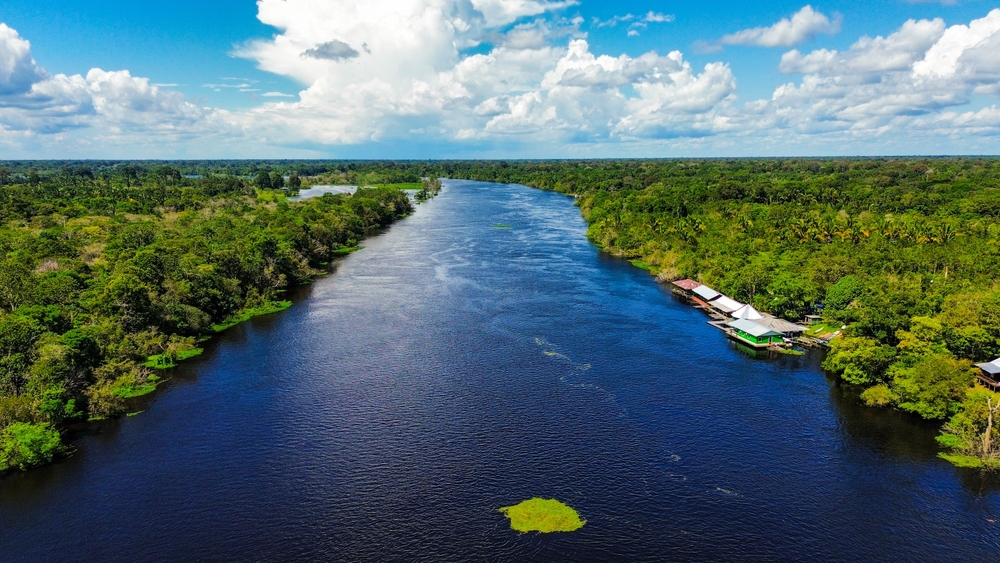
For centuries, explorers sought out legendary cities like El Dorado, rumored to be hidden in the depths of the Amazon. While such myths turned out to be exaggerated, recent discoveries reveal that ancient civilizations did thrive in the region. Archaeological evidence of complex societies, including large settlements, irrigation systems, and roads, has been found using modern technology like LIDAR. These findings challenge the earlier view that the Amazon was largely uninhabited before European contact. The discoveries suggest that the rainforest was home to sophisticated cultures long before the arrival of outsiders.
Uncontacted Tribes Remain in Remote Areas
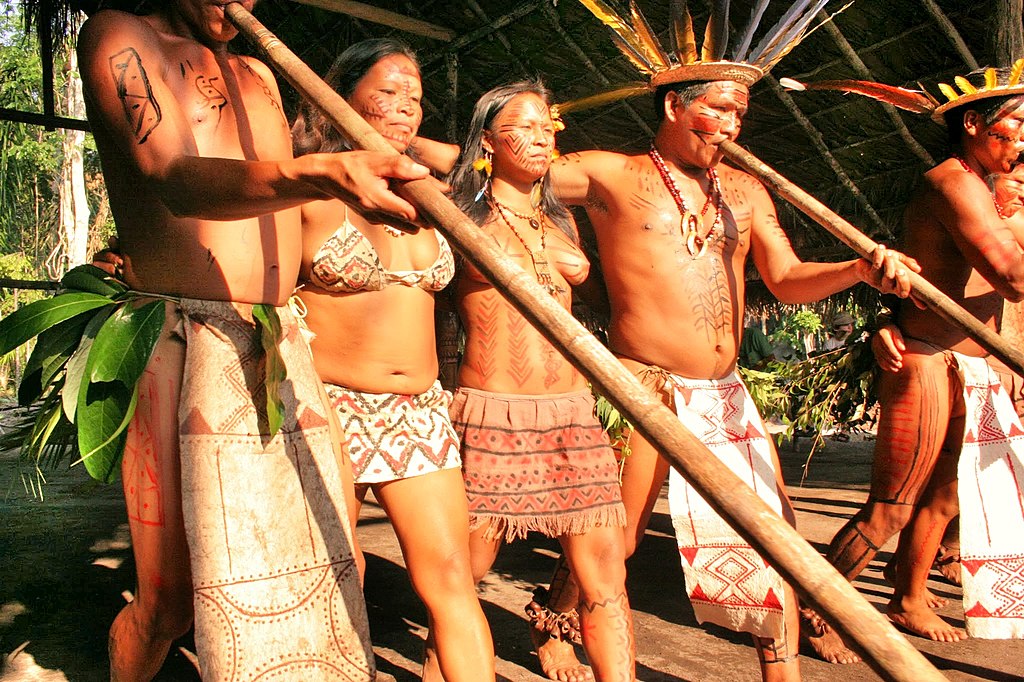
The Amazon is still home to many indigenous tribes that have little or no contact with the outside world. These groups have lived in isolation for centuries, maintaining traditional ways of life. Exploration efforts must take care to avoid disturbing these communities, whose health and culture are vulnerable to outside influences. Government protection policies have been put in place to preserve their territories and ensure they can continue living undisturbed. The existence of these tribes highlights the vast, unexplored areas of the rainforest that remain.
The Amazon River’s Size Was Underestimated
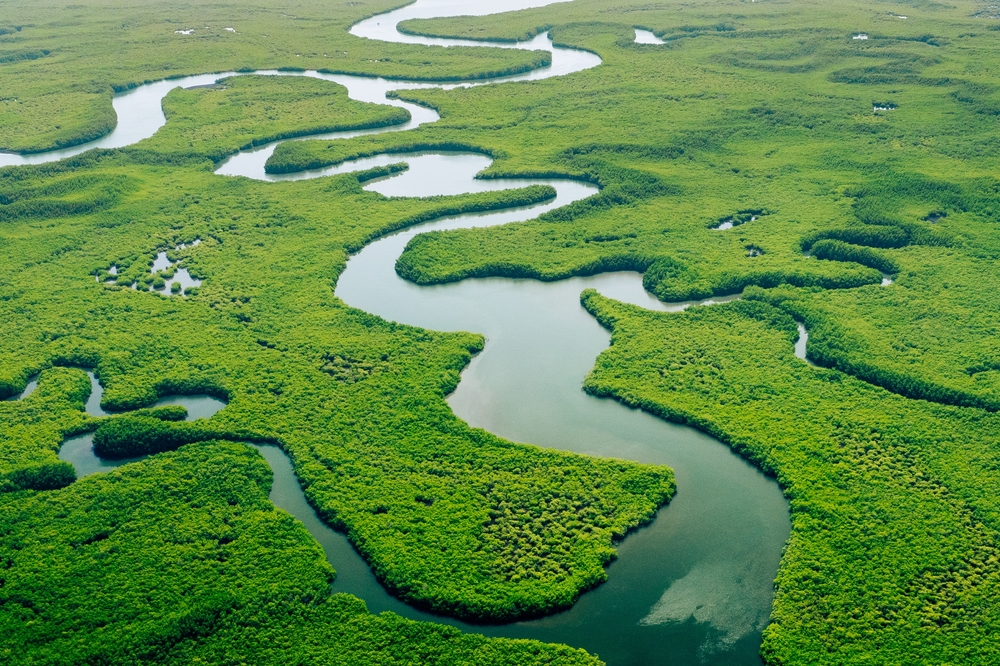
For a long time, explorers underestimated the sheer size and complexity of the Amazon River system. It was only after extensive mapping and exploration that the Amazon was recognized as one of the longest rivers in the world. Its vast network of tributaries extends over thousands of miles, providing vital life support to the rainforest. This discovery transformed the way scientists understood the water cycle in tropical ecosystems. The river remains a critical artery for both wildlife and human communities across the region.
The Rubber Boom’s Impact on the Rainforest
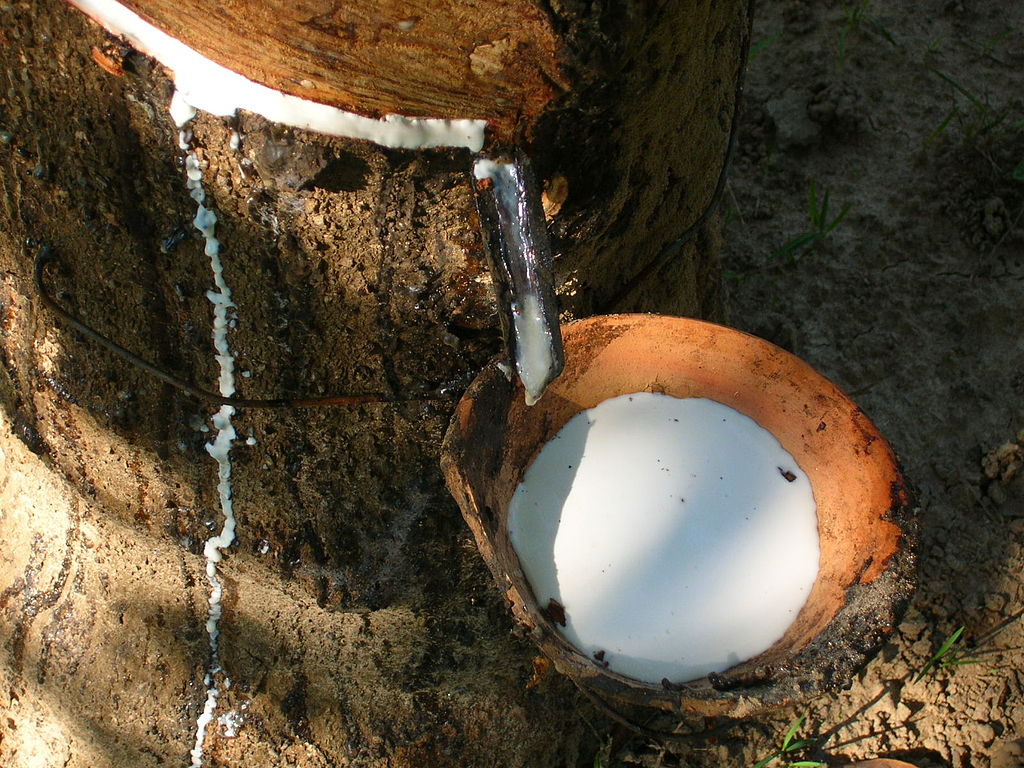
In the late 19th and early 20th centuries, the Amazon became the center of a booming rubber industry. Explorers and entrepreneurs flocked to the region, hoping to profit from the natural rubber extracted from rubber trees. This industry led to widespread deforestation and exploitation of indigenous labor, leaving a lasting impact on the region. As rubber plantations expanded, they disrupted ecosystems and displaced native peoples. Though the boom eventually declined, its effects are still felt in parts of the Amazon today.
Explorer Percy Fawcett’s Mysterious Disappearance
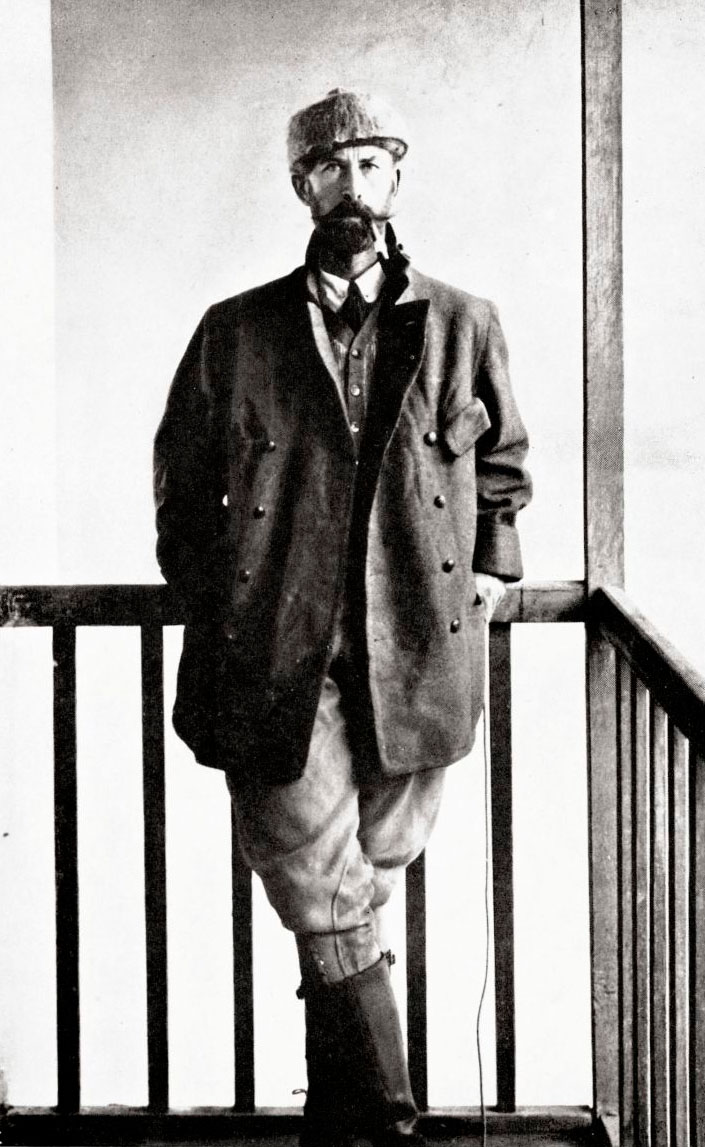
Percy Fawcett, one of the most famous Amazon explorers, disappeared in 1925 while searching for the lost city of “Z.” His mysterious disappearance remains one of the greatest unsolved mysteries of the Amazon. Despite several search expeditions, no trace of Fawcett or his party has ever been found. His story has fueled speculation and inspired countless myths about the dangers lurking in the rainforest. Fawcett’s fate remains a cautionary tale for those drawn to the Amazon’s enigmatic allure.
The Amazon Holds Half of the World’s Rainforest
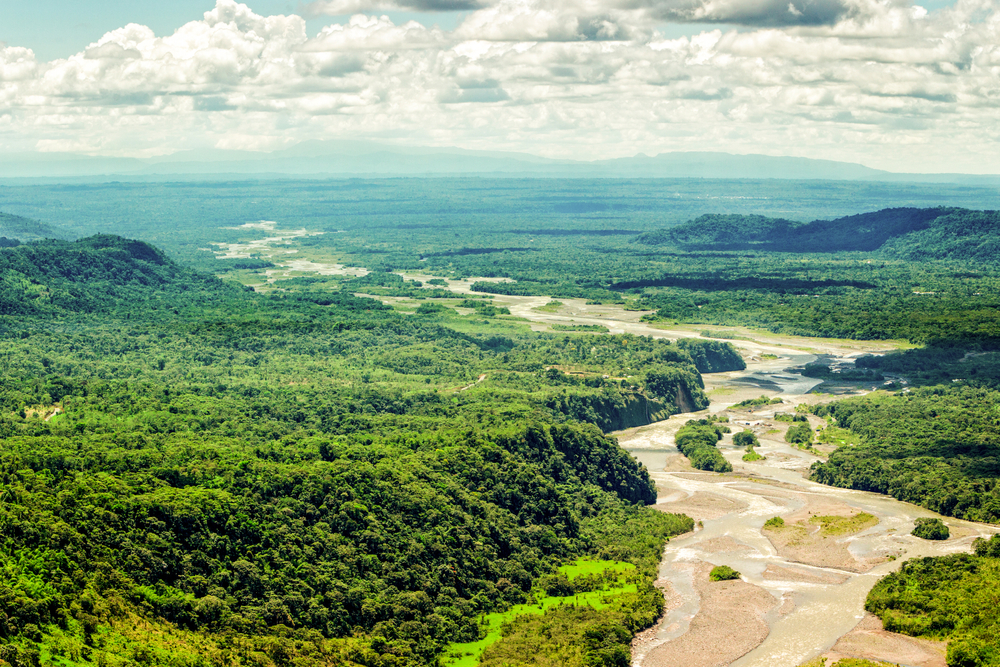
The Amazon Rainforest is the largest in the world, covering more than 5.5 million square kilometers. It is so vast that it accounts for half of the world’s remaining tropical rainforests. This immense size makes it a vital carbon sink, helping to regulate the Earth’s climate by absorbing large amounts of carbon dioxide. Protecting the Amazon is crucial for global environmental health, yet it continues to face threats from deforestation and development. The scale of the Amazon’s role in the planet’s ecosystem cannot be overstated.
Francisco de Orellana’s First Descent of the Amazon River

In 1541, Spanish explorer Francisco de Orellana became the first European to navigate the length of the Amazon River. His journey was filled with challenges, from hostile encounters with indigenous groups to battling the river’s treacherous currents. Despite these difficulties, Orellana completed the expedition, providing the first detailed account of the river and its surrounding regions. His descriptions helped put the Amazon on the map for future exploration. The river would later become a key route for explorers and traders alike.
The Amazon Basin’s Biodiversity Remains Unmatched
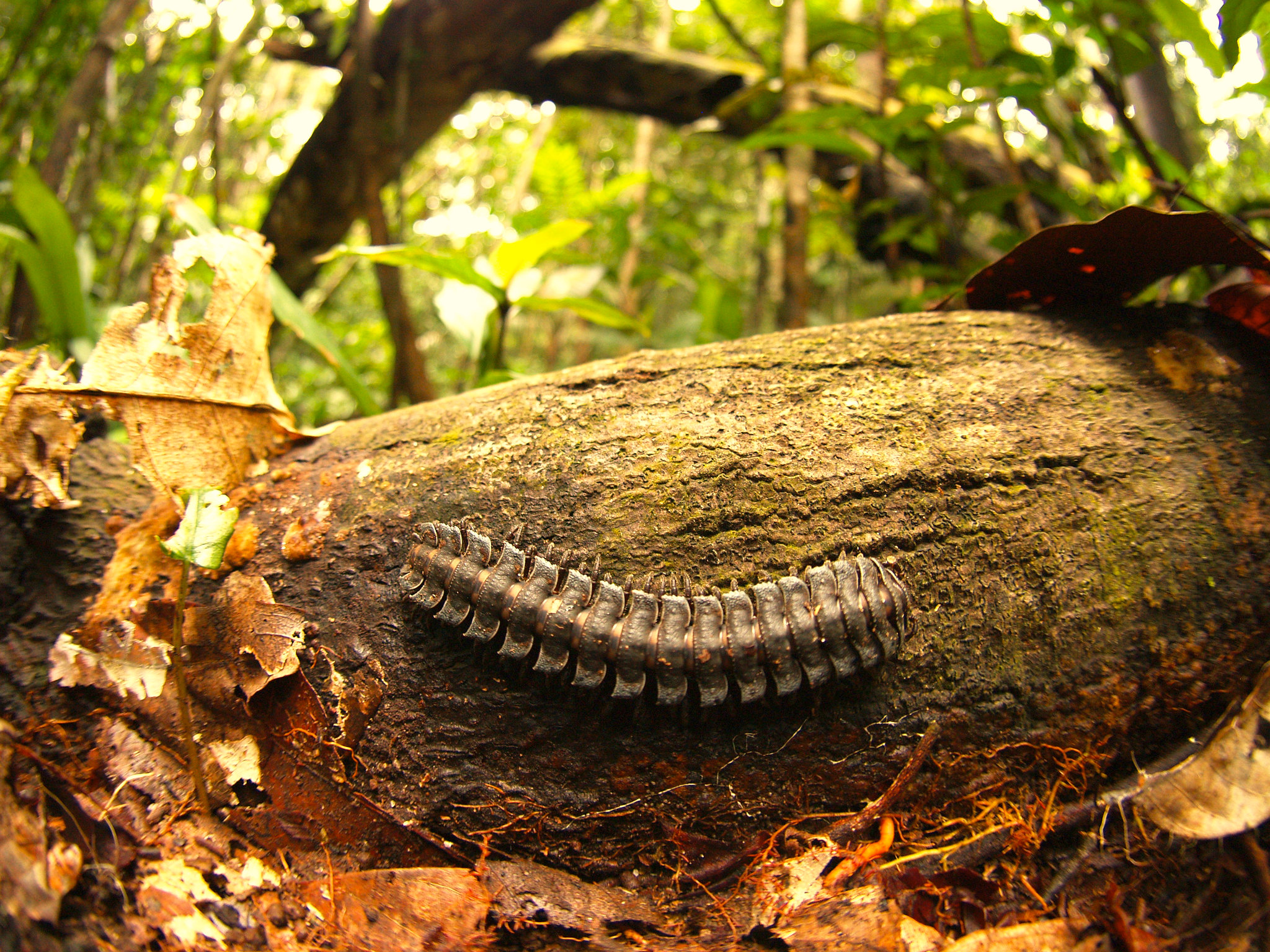
The Amazon Basin is home to the most diverse range of plant and animal species on Earth. Scientists estimate that there are millions of species, many of which have yet to be discovered. This biodiversity makes the Amazon a hotspot for research, with new species being identified regularly. The forest’s unique ecosystems are still poorly understood, and the ongoing discovery of new flora and fauna highlights the importance of preserving this irreplaceable region. Conservation efforts are key to protecting the Amazon’s incredible biodiversity for future generations.
The Role of Explorers in Mapping the Rainforest
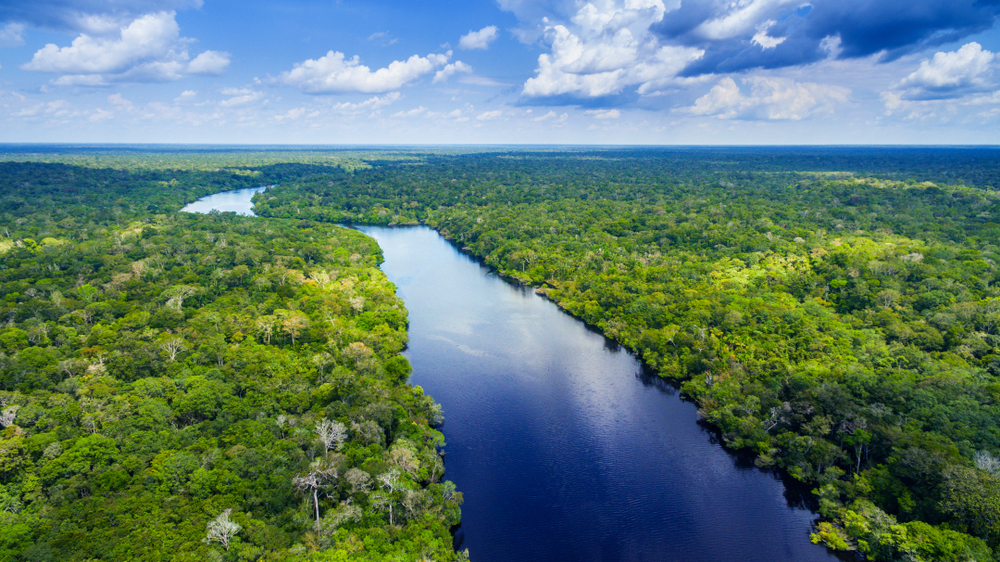
Explorers played a critical role in mapping the Amazon, much of which was previously unknown to the outside world. Early expeditions faced harsh conditions, from dense vegetation to dangerous wildlife, yet they persisted in charting the area. Their efforts led to the creation of detailed maps, allowing future explorers and scientists to study the region more thoroughly. These maps were essential for navigation and contributed to scientific knowledge of the Amazon’s vast ecosystem. Today, satellite technology continues this work, revealing even more about the forest’s hidden geography.
The Role of the Amazon in Global Oxygen Production Is Misunderstood
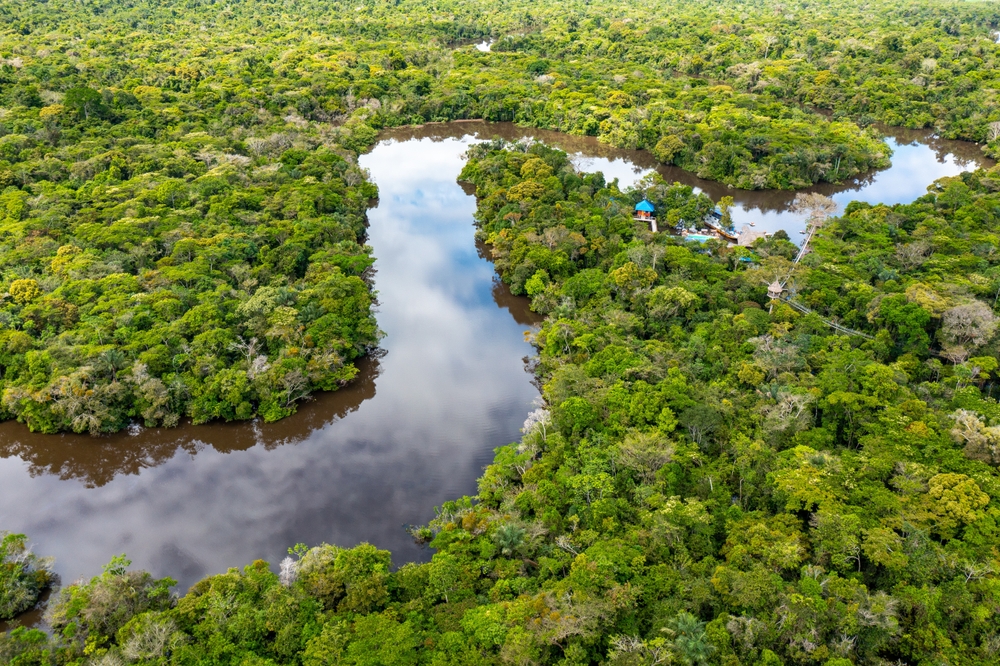
The Amazon is often called “the lungs of the Earth” because it produces a significant amount of the planet’s oxygen. However, much of this oxygen is consumed by the forest itself, and scientists have clarified that its role in oxygen production is not as large as once believed. Nevertheless, the Amazon’s real value lies in its ability to absorb carbon dioxide, helping mitigate the effects of climate change. This function is critical in the fight against global warming. Protecting the Amazon ensures this vital carbon-absorbing role continues.
Recent Discoveries of Amazonian Mega-Fauna
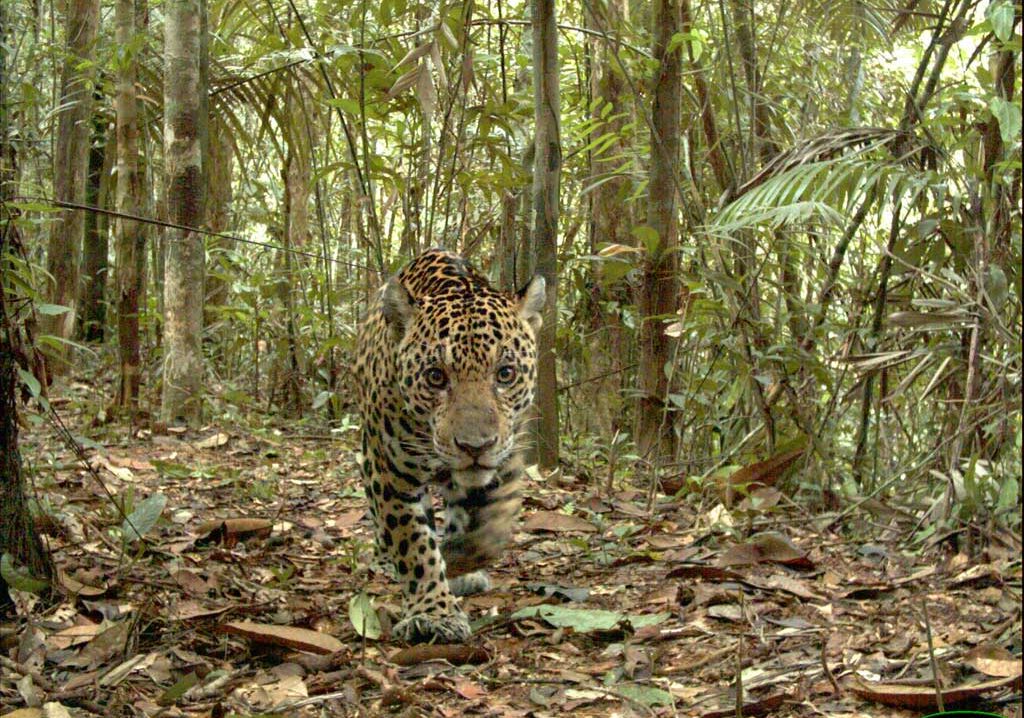
While many people think the Amazon is only home to small, hidden creatures, recent explorations have uncovered the presence of mega-fauna. Giant otters, jaguars, and anacondas roam the dense forest, thriving in its varied ecosystems. The discovery of these larger animals has been vital in understanding the balance of predators and prey in the rainforest. These creatures play key roles in maintaining the forest’s ecological health. Their presence highlights the Amazon’s incredible capacity to support a wide variety of life.
The Amazon’s Soil Composition Puzzled Early Explorers
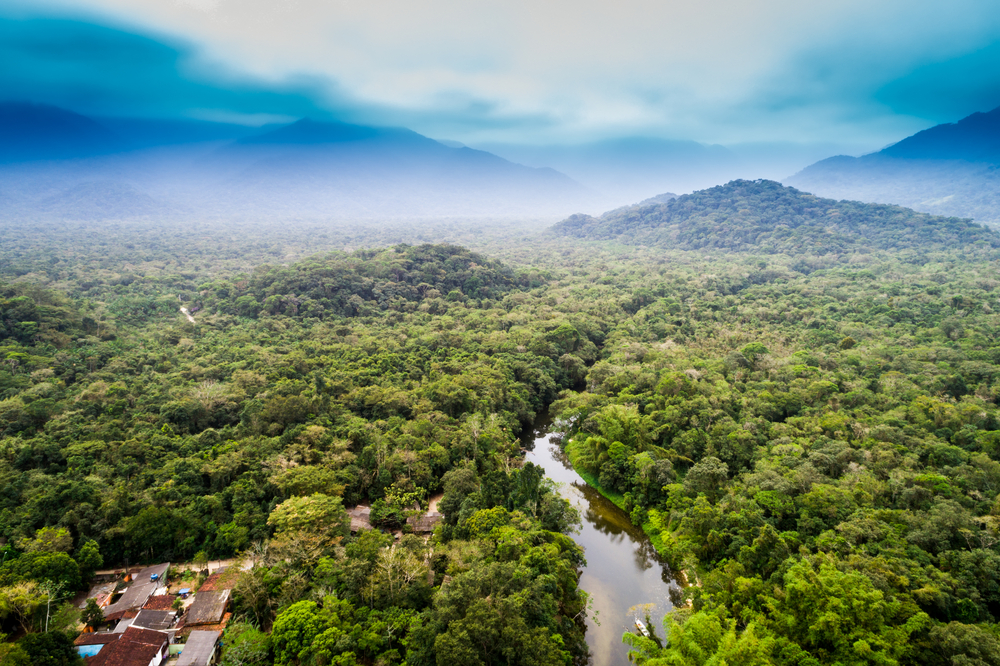
One of the early mysteries faced by explorers was the Amazon’s poor soil quality. Known as “terra preta” in some regions, the soil was found to be surprisingly infertile despite the lush greenery above it. This discovery puzzled early explorers, who couldn’t understand how such a rich ecosystem thrived in such poor soil. Later studies revealed that ancient civilizations improved soil fertility through sustainable agricultural techniques. This knowledge continues to be studied for its potential applications in modern farming.
The Amazon Hosts More than 400 Billion Trees
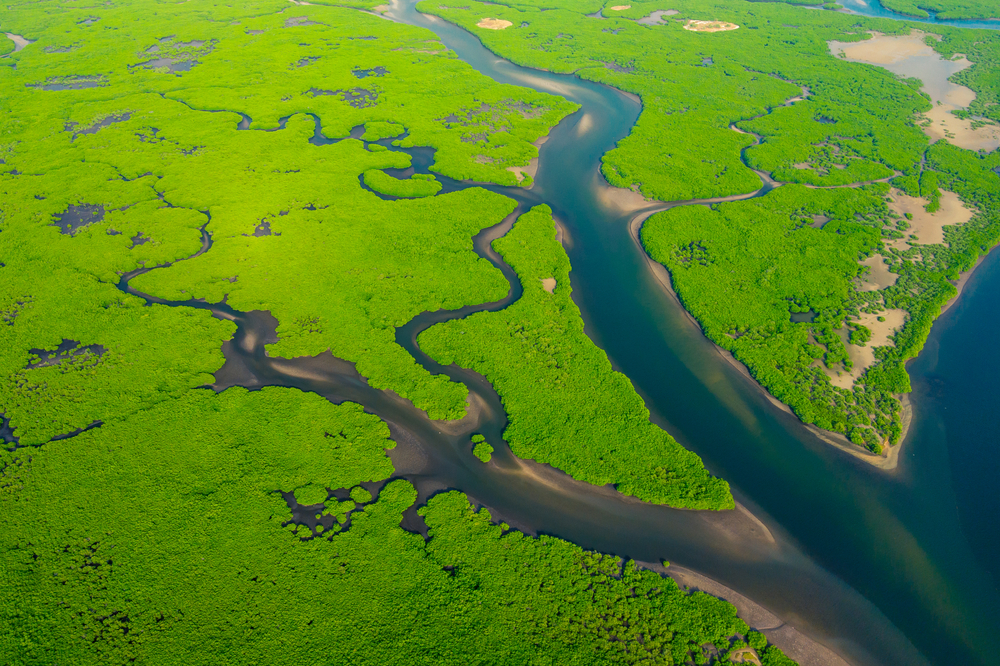
A stunning fact about the Amazon is that it contains over 400 billion individual trees, comprising thousands of species. These trees play a vital role in regulating the climate and supporting biodiversity. Many of the species found here are not found anywhere else in the world, making the Amazon one of the most unique ecosystems on the planet. The vast forest acts as a carbon sink, absorbing large amounts of CO2, which is critical in combating climate change. However, deforestation threatens this delicate balance.
Explorers Continue to Uncover New Species

Even today, scientists and explorers are uncovering new species in the Amazon, with hundreds discovered each year. These discoveries range from insects and amphibians to larger mammals and birds. The vastness of the rainforest means that many areas remain unexplored, and the potential for finding new species is high. Each discovery helps deepen our understanding of the Amazon’s ecosystems and their importance to the planet. Protecting these uncharted regions ensures that future generations can continue to uncover the mysteries of this incredible region.
This article originally appeared on UnifyCosmos.
More from UnifyCosmos
20 Habits That Annoy Recruiters and Hurt Your Job Prospects

Recruiters have seen it all, and they have a few pet peeves. There are certain behaviors that can really put them off. Read More
25 Incredible Trips You Can Take for Less Than $1000
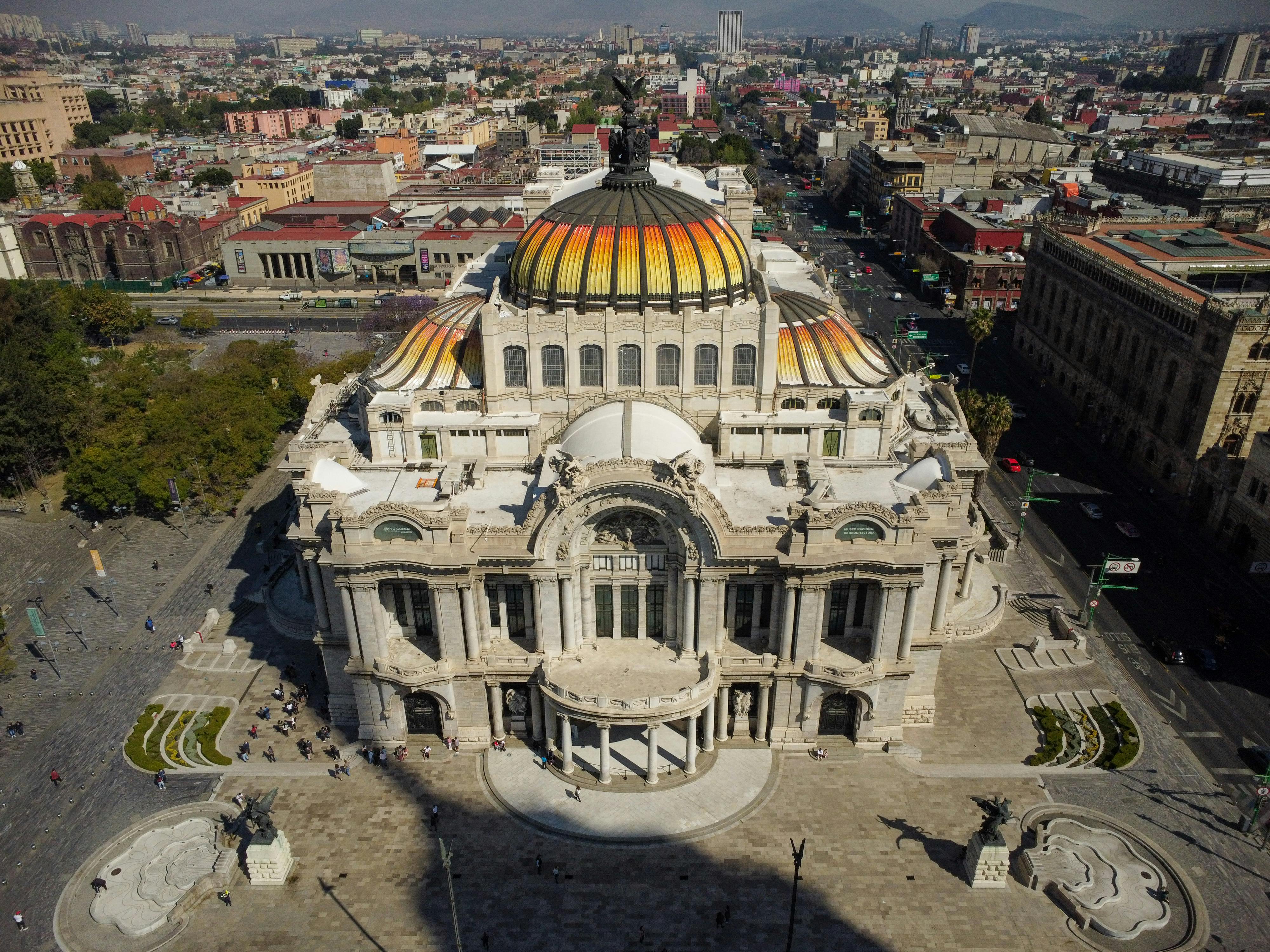
Traveling on a budget doesn’t mean missing out on amazing destinations. With careful planning, you can explore some incredible places without breaking the bank. Read More
21 Ways to Go Broke Despite Earning a Big Paycheck

Earning a high salary doesn’t always guarantee financial stability. Many people find themselves struggling despite a significant income. Read More
Leave a Reply